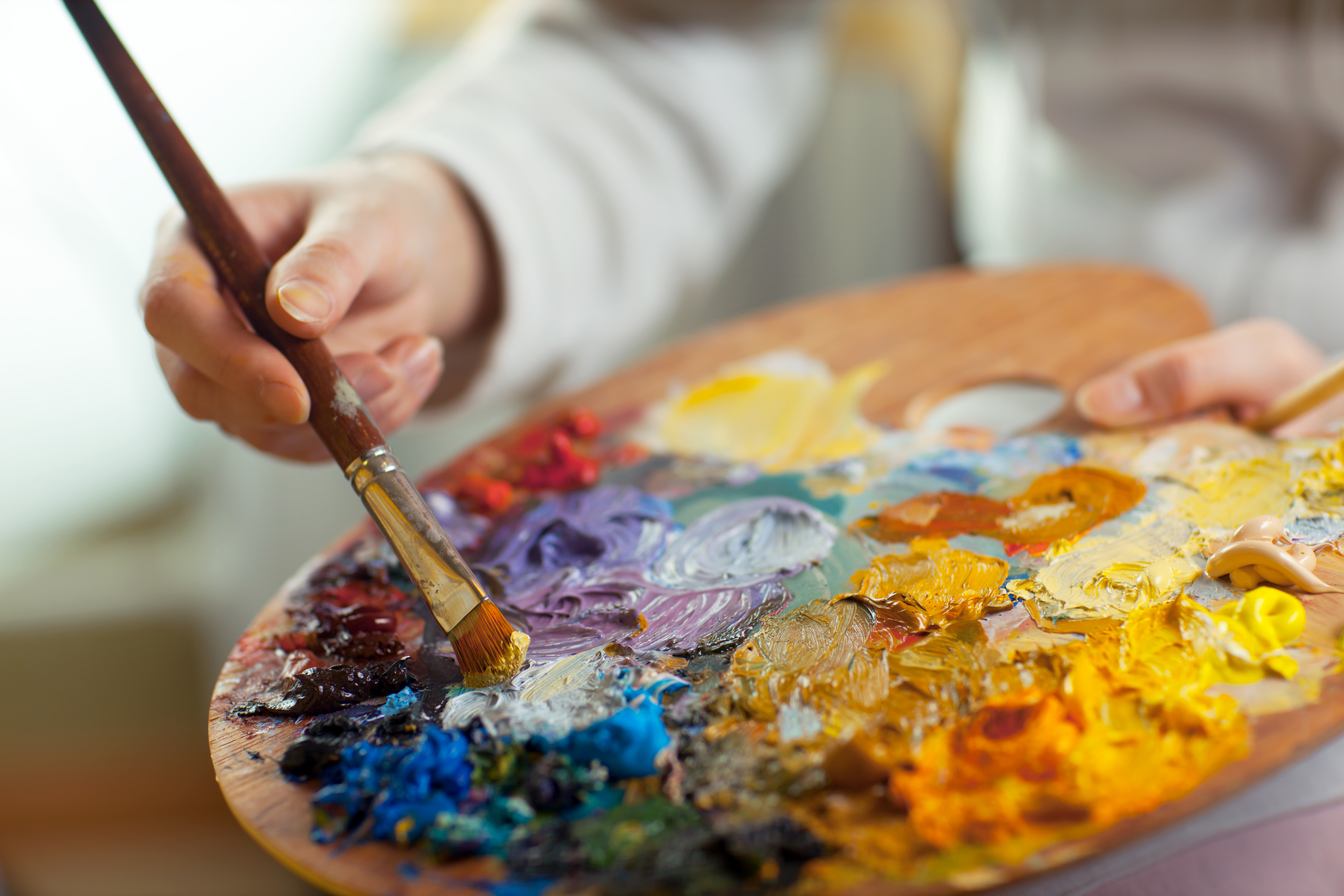Improving The Mona Lisa!

The Mona Lisa may not be your favorite work of art, but it would be hard to find a more famous or imitated piece. Painted in approximately 1504 by Leonardo da Vinci, the Mona Lisa has had a pretty unique journey. She was stolen from her place in the Louvre and hidden in a small apartment for two years. Pablo Picasso was picked up for questioning about her theft. She has appeared in over 2,000 different advertisements. Joconde, as she is also called, hung in the bedroom of Napolean Bonaparte. She is guarded in a concrete and bulletproof glass viewing case. The Mona Lisa has over 500,000 distinctive cracks in her protective varnish. The information desk at the Louvre answers the question “Where is Joconde?” far more than any other. She is estimated to be worth in excess of $700,000,000.
What Could You Do to Make It More Valuable? Suppose you or I were to touch up the painting just a bit. Salvador Dali, the famous painter, created a version with some special flourishes that isn’t worth anywhere near as much as the original. Suppose we just make the background a touch more interesting and then sign our names to the bottom. All we would succeed in doing is to reduce its value. Suppose the lady who sprayed red paint at it in April 1974 had succeeded in coating more than its protective casing, would she have improved it or increased its value?
There’s an even more important work that cannot be made more valuable by the extra touches you or I could add. Each one of us has made what we call “little mistakes” in our lives. Most of us are willing to admit that we aren’t perfect, have “messed up” or have occasionally acted in a way that we now regret. God, the holy God we must answer to, says a very uncompromising, “All have sinned, and come short of the glory of God” (Romans 3:23). He had a masterpiece planned for our lives that would have been for His credit and our joy. We have defaced it with our self-will, lust, anger, jealousy, and selfishness. No amount of touch-up is going to make it any better. But, amazingly, God loves us deeply in spite of our rebellion against Him and spoiling of His treasures. So that God could express His love in a perfect way that would let Him have a right to receive us into His presence, Jesus Christ came to pay the ultimate penalty for sin—death. He came to fully and completely wipe out the guilt of any who would trust Him as their Savior. “For God so loved the world, that He gave His only begotten Son, that whosoever believeth in Him should not perish, but have everlasting life” (John 3:16). After He completed His work on the cross of suffering for the sin He hadn’t committed, Jesus announced, “It is finished” (John 19:30). God’s ultimate masterpiece—His fair and righteous work to take away sin so that undeserving could be saved—was completely finished. Nobody would ever need to come along and improve it.
Trying to Improve the Masterpiece: Sadly, there are many people who think God’s beautiful and perfect plan of salvation needs a few of their finishing touches to make it complete. Many religions offer people activities like prayers, penance, pilgrimages, and acts of charity that are supposed to make God a touch more favorable toward the pious person. But Jesus’ work was perfect, complete, and finished. Most of us would be appalled if someone grabbed a can of spray paint and started to “improve” the Mona Lisa’s smile. How could we possibly think that we can improve on God’s smile of love toward us? It is really an all-or-nothing gift. Either we gratefully receive God’s gift or we not so subtly deny its value by saying we can add to it, improve its worth, or pay for it with our own good works. “The wages of sin is death; but the gift of God is eternal life through Jesus Christ our Lord” (Romans 6:23).
What will you do with that masterpiece?




